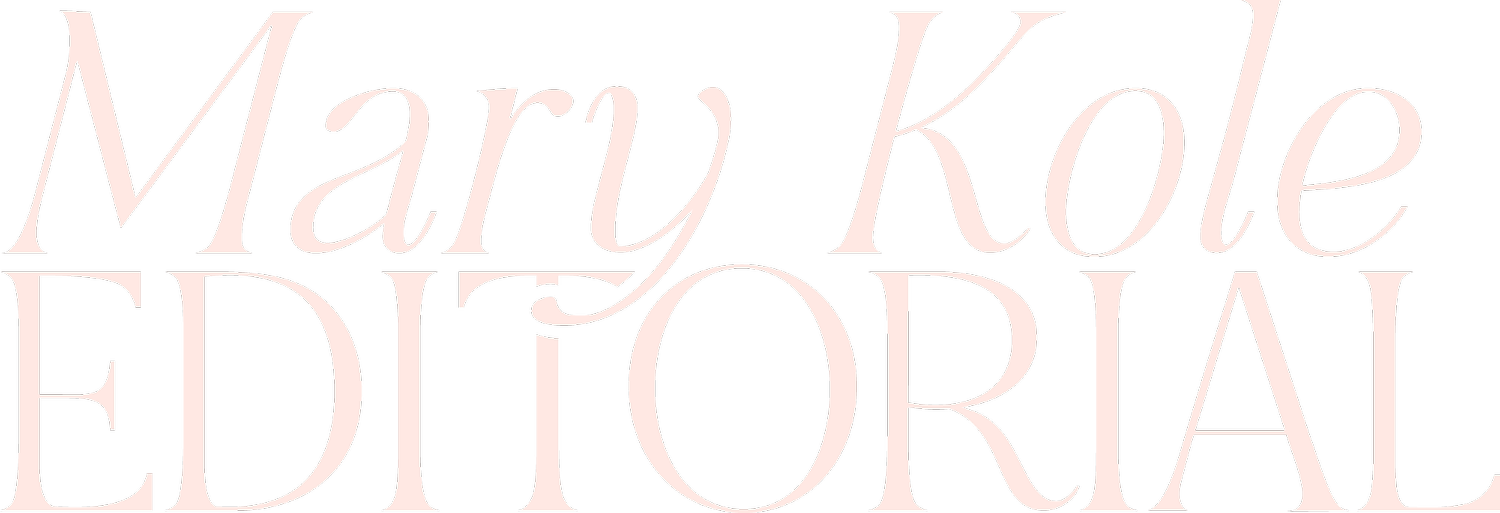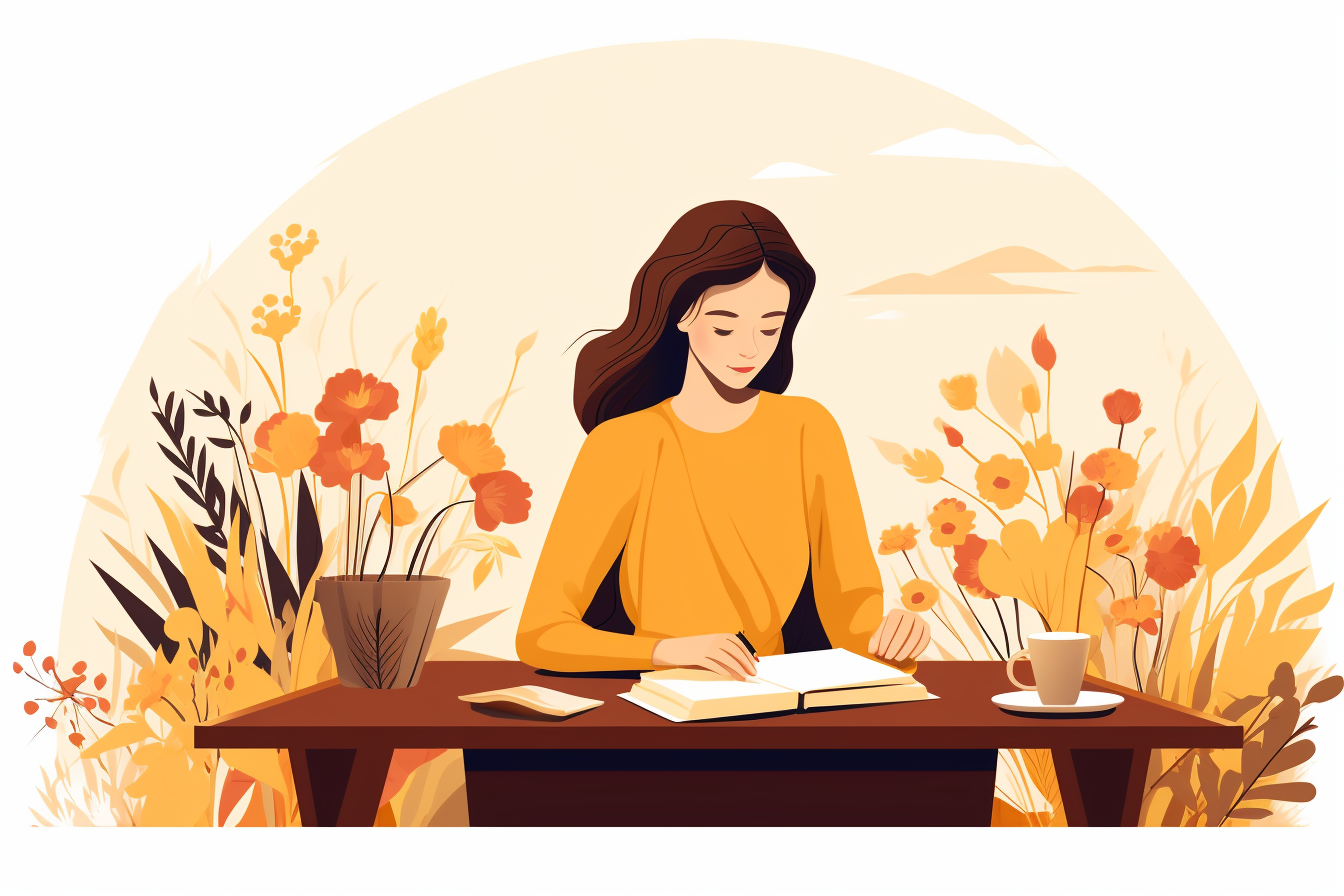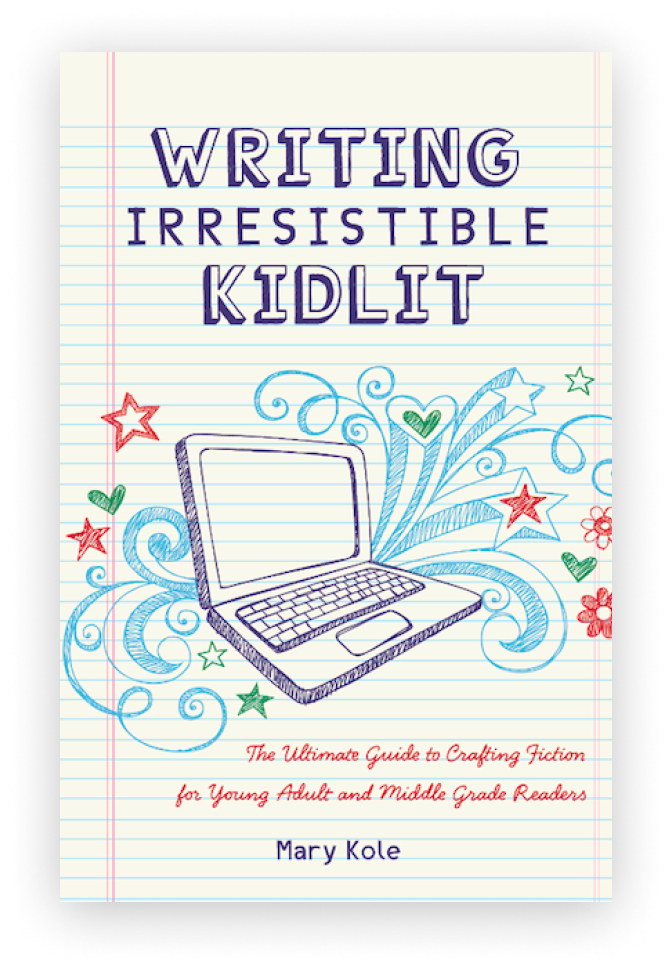Using Writing Tropes in
Your Fiction
By Mary Kole
Mary Kole is a former literary agent, freelance editor, writing teacher, author of Writing Irresistible Kidlit, and IP developer for major publishers, with over a decade in the publishing industry.
If you're an aspiring writer or a seasoned pro, you've likely heard of writing tropes. They are fun by sometimes tricky literary devices that can make or break a story, depending on how they're used. But what exactly are writing tropes? And what makes them so important in fiction writing? In this article, I’ll delve into the different types of writing tropes across various genres, how to use them, and ways to put a fresh spin on the familiar.
What Are writing Tropes?
Before we get into the nitty-gritty of writing tropes, let's define what they are. Tropes are common themes, conventions, characters, and plots found in storytelling. They can be character archetypes, plot points, settings, or even your intended style of dialogue. While writing tropes are often associated with cliches and unoriginality, they can also be used in fresh, unique, and clever ways to hook the reader and keep them engaged.
Now, let's talk about the most common types of writing tropes. In romance novels, for example, the "enemies-to-lovers" is a classic. In mysteries, the "red herring" trope is often used to throw readers off the scent of the true villain. Science fiction and fantasy often utilize world-building and "chosen one" tropes to create immersive universes where a protagonist and antagonist are pitted against one another, with high stakes thrown into the mix. Regardless of the genre, writing tropes can be a powerful tool to create compelling and memorable characters and plots.
Choosing Your Writing Tropes
When it comes to writing within a specific genre, it's essential to know what tropes to include and what to avoid in order to better entertain your target audience. Readers of a particular genre have certain expectations, and writing tropes can help meet those expectations. However, it's also important to put a fresh spin on the tropes to make them unique and engaging. Try subverting a trope—for example, taking the classic "damsel in distress" trope and making the damsel the hero instead, having to come to the rescue of a romantic partner. By combining and subverting tropes, you can create a unique and original story that still satisfies readers.
Choosing which writing tropes to include in your story is just as important as knowing how to use them. Be intentional about which tropes you want to incorporate into your writing and make sure you understand what they entail by researching recent comp titles that have been popular in your writing genre. If you're writing a romance novel, do you want to include a "love triangle" trope, or would you rather mix in additional dynamics, like second-chance romance or enemies-to-lovers? Knowing your chosen tropes and being intentional about your choices will help you create a cohesive and engaging story that resonates with readers.
Writing tropes can be a valuable tool for aspiring writers, but they require care and skill to use effectively. By understanding the most common types of writing tropes, you can incorporate them into your writing and even put a unique spin on them to keep readers engaged. Be intentional about your choices, know your chosen tropes, and experiment with combining and subverting them. With these tips, you can create unforgettable stories that build on the books that have come before yours, while also showcasing your unique author brand.

Click here to purchase Writing Irresistible Kidlit, my book on fiction craft for MG and YA novels, out from Writer's Digest Books. This will show you my writing craft philosophy and give you lots of valuable advice, including tips for the novel revision process and self-editing. There are over 35 example novels cited and discussed throughout. It’s a valuable resource for any writer’s toolkit.
Click here to purchase Irresistible Query Letters, my book on query letters, including over forty examples with comprehensive notes on each one. There’s a ton of submission advice, best practices, and insider information in these pages, and you’ll really enjoy seeing what other writers are doing in the slush.
Click here to purchase Writing Interiority: Crafting Irresistible Characters, my book on interiority and character creation. Explore your protagonist’s thoughts, feelings, reactions and interpretations, expectations, and inner struggles to create a rich, immersive experience. This guide will empower you to create characters who live and breathe on the page, fostering an unbreakable bond with your audience.





